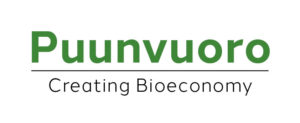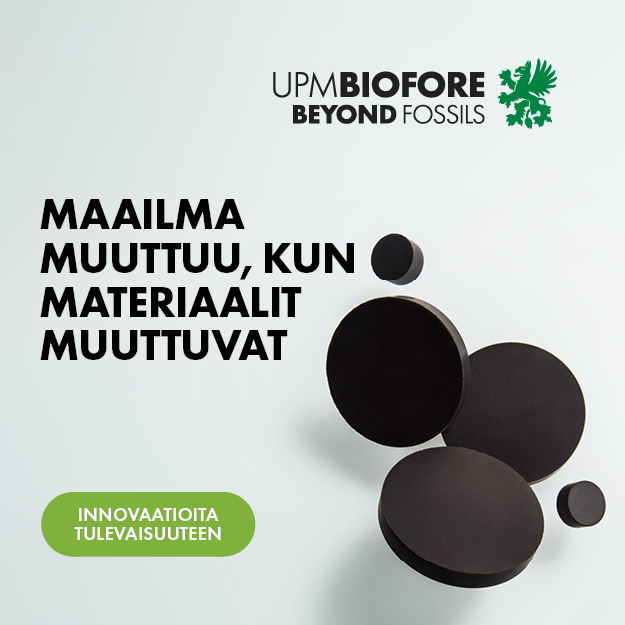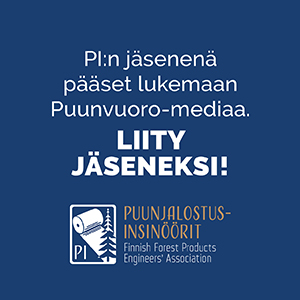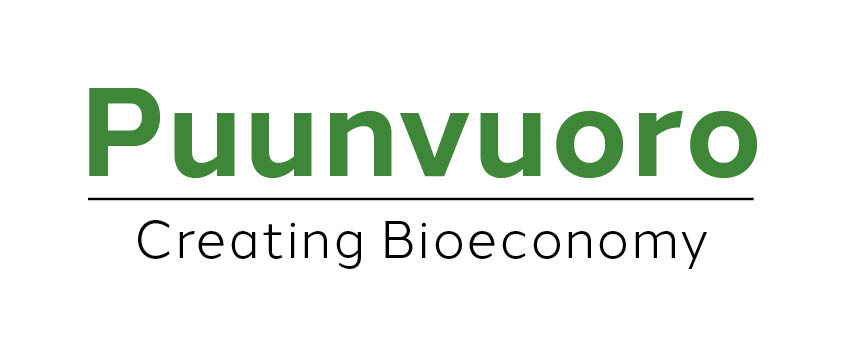Janne Laine, Dean of Aalto University’s School of Chemical Technology since 2014, possesses a strong scientific background as a professor of forest products’ surface chemistry and a researcher of nanocellulose, among other things. A hundred per cent of the dean’s working hours, however, are spent in the development of the school and university.
“When I became dean, I made the decision to discontinue active research and teaching. In fact, I don’t really see a way that would allow me to resume the position of a rank-and-file professor after this five-year term, given how far science progresses in that time. I think I now have more to contribute to the bigger picture,” says Laine.
His areas of responsibility include biotechnology, biomaterials, chemical technology, metallurgy, functional materials and chemistry. In addition, he is responsible for the bioeconomy development affairs of the entire Aalto University.
“I hope that I can give the professors the best possible conditions for research and teaching while maintaining business relationships and negotiating large-scale projects. The bioeconomy projects are the projects I can contribute most to, also in terms of content.”
The need to understand molecules
Aalto University invests a lot in the research and teaching of bioeconomy.
Every year, the university produces approximately a hundred graduate engineers and 25 doctors with know-how about the bioeconomy, and EUR 20 million will be invested in the infrastructure of the new bioeconomy research centre alone in the next few years.
“We’re looking for new value chains for bio-based, mainly forest-based, raw materials. In other words, our starting point is wood, which we can transform into new products through chemical, biotechnical or mechanical modifications. We don’t have continuously operating processes, because they would tie us down to a particular technology. The goal is a dynamic test environment, in which we can implement various unit operations on as broad a scale as possible,” says Laine.
He nevertheless emphasises the role that in-depth skills play in the bioeconomy.
“If you want to create something new, you have to understand the materials and processes on the molecular level.”
Still, it is not enough for engineers alone to develop new products. Rather, designers and other skilled operators at the consumer interface must also be involved from day one.
“For example, Aalto has extremely skillful design people who look at materials from a completely different perspective than us chemists do.”
Lengthy development processes
One of the most promising paths is the IONCELL-F project, which has developed a new method for dissolving cellulose and making textile fibres from it under the leadership of Aalto University professor Herbert Sixtan and Helsinki University professor Ilkka Kilpeläinen. The basic research phase is nearly complete, and the project is entering its pilot phase.
“The forest industry has been looking for products with a large volume that would compensate for the decline in the demand for paper.
The textile industry is a huge global business, and therefore it also possesses enormous potential. We now need companies to take the product all the way to the finish line,” says Laine.
Forest companies have also expressed great interest towards the new technology. Marimekko has already made sample models from the new cellulose-based textile, and the material has been displayed at the world’s biggest design events.
“If we talk about a new method for dissolving cellulose, we may not raise vast amounts of interest, but if we talk about the magnitude of cotton’s environmental impact and a genuinely pleasant and high-quality product, we can attract the interest of ordinary people. The textile fibre yielded by the process is of a better quality and more eco-friendly than the cellulose-based viscose, developed in the 1800s. Even my own mother feels the difference when she compares viscose to the new cellulose-based textile.”
Laine underlines the importance that positive stories have for the future of the bioeconomy.
“While the forest cluster firms are doing a good job, we still have a lot of opportunities for raising our profile. Positive messages attract the attention of young people as well, and make them take note of the interesting things happening in the industry. The competition over the most skilled young talents is intensifying, and we have to ensure our field’s attractiveness in the future as well. Given that the development processes are long, the children currently in primary school are entering working life when the products now under development will be ready.”
Laine considers it problematic that projects with very varying levels of importance are being financed on the same scale.
“When you begin to have evidence of a project’s large-scale economic significance, you should invest a lot more. If you want results quickly, you should invest at least ten times as much in a project than what is typically invested in Finland.”
The new research centre brings together
researchers, students and businesses
Aalto University’s new Aalto Bioproduct Centre in Otaniemi, Espoo, was inaugurated in May 2017. Rather than being a mere research centre, teaching forms an essential part of the centre’s activities.
“The objective is to couple new beginnings with entrepreneurship as soon as possible. The idea is to create a platform that is as open as possible and in which both large and small businesses, researchers and students can come together as early as possible,” says Janne Laine.
“This is not just about a collection of devices. Rather, the foundations are built on top-of-the-line know-how. In addition to engineering sciences, we are engaging plenty of Aalto’s other strengths, such as business and design specialists.”
Text Katariina Krabbe
Photo Sampo Korhonen



